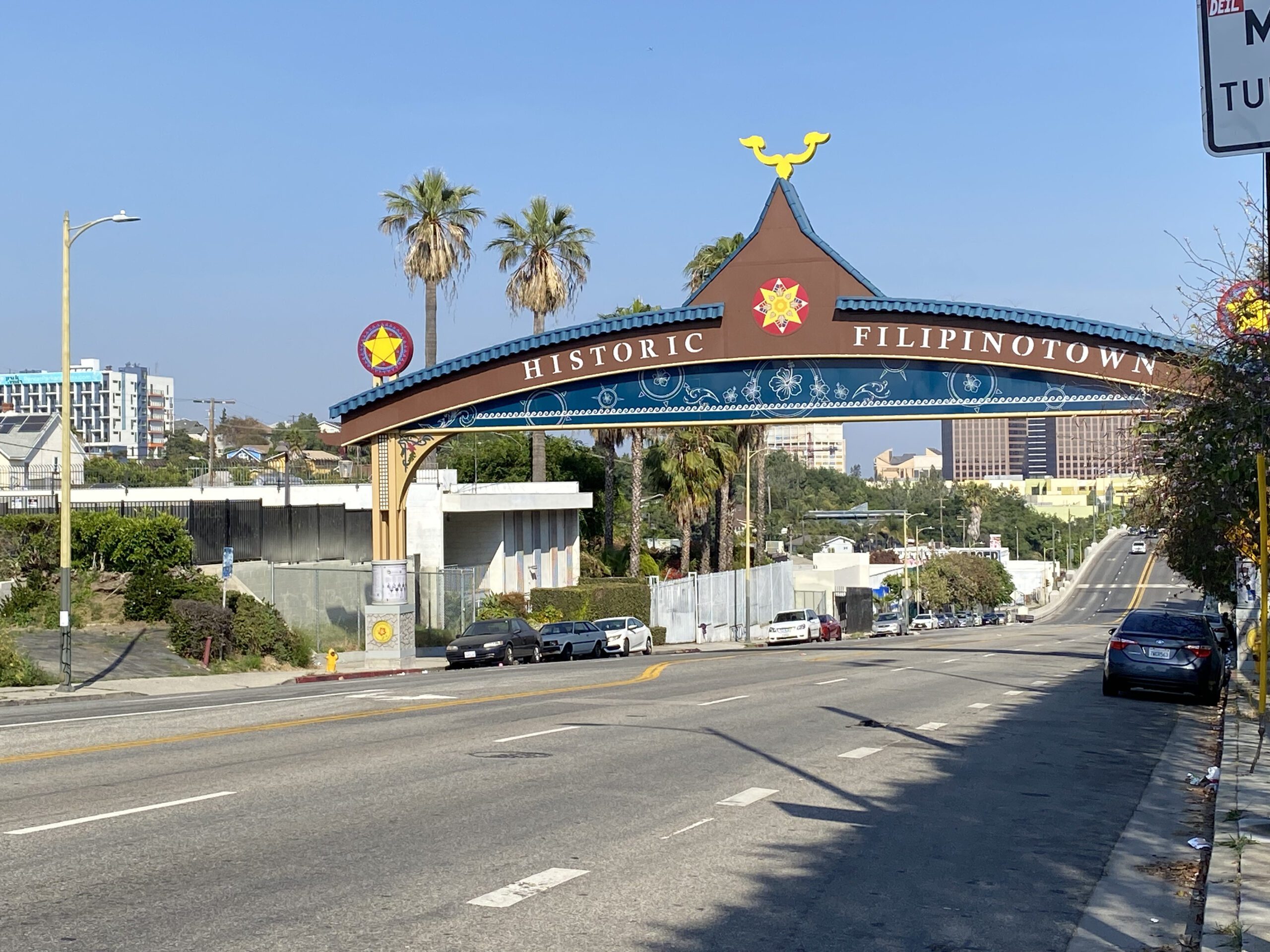
Los Angeles, especially central LA, is home to several enclaves. Some of them are very well-known and becoming hot neighborhoods, like Koreatown. There are others you may have seen on a map, but don’t get nearly as much fanfare, like Historic Filipinotown.
Nestled between DTLA, Silverlake, and Koreatown, Historic Filipinotown stands in stark contrast to the dense and boisterous parades of neon lights in Koreatown and Little Tokyo. The neighborhood is peaceful and primarily residential with a blend of single-family homes and low-rise apartments with some newer apartment towers thrown in.
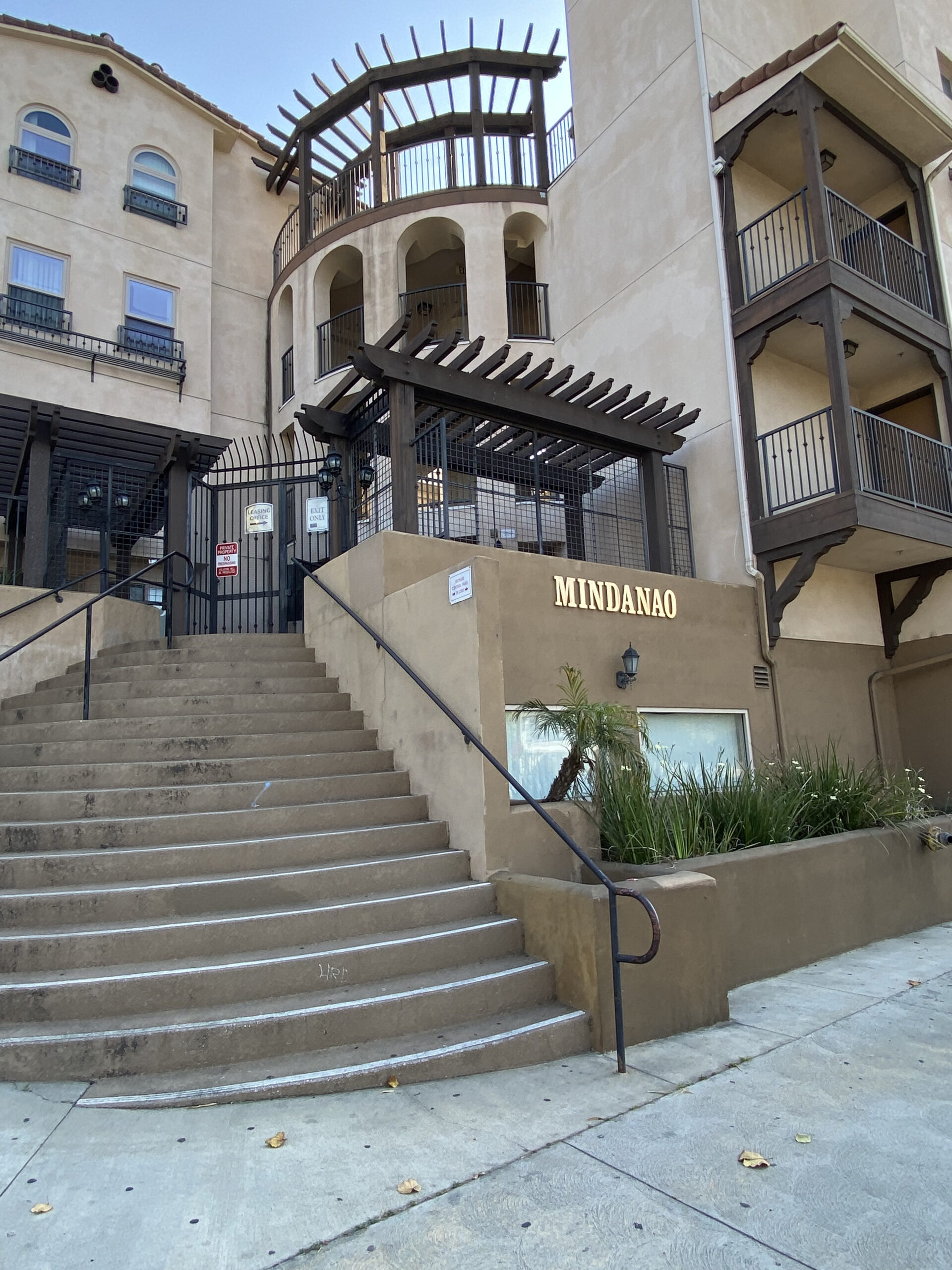
LA is a city of dualities and Historic Filipinotown is a bucolic portrait of it. You don’t have noodle shops, all-you-can-eat Korean BBQ, and bakeries on every corner but a handful of independent restaurants serving Pinoy cuisine. Interestingly, more signage is in English and Vietnamese rather than Tagalog when it comes to streets, churches, and shop windows. El Salvadorean pupuserias and small shops keep their doors open in the blaring sun along Beverly Boulevard, flanked by vibrant murals and subtle nods to Filipino flags and culture.
If you need a break from the chaos of DTLA and parting the Red Sea of hipster coffee shops in Silver Lake, Historic Filipinotown is definitely worth a visit. Here’s why it’s different than the neighborhoods nearby, and other cultural enclaves of the city.
Emphasizing the Historic Aspects
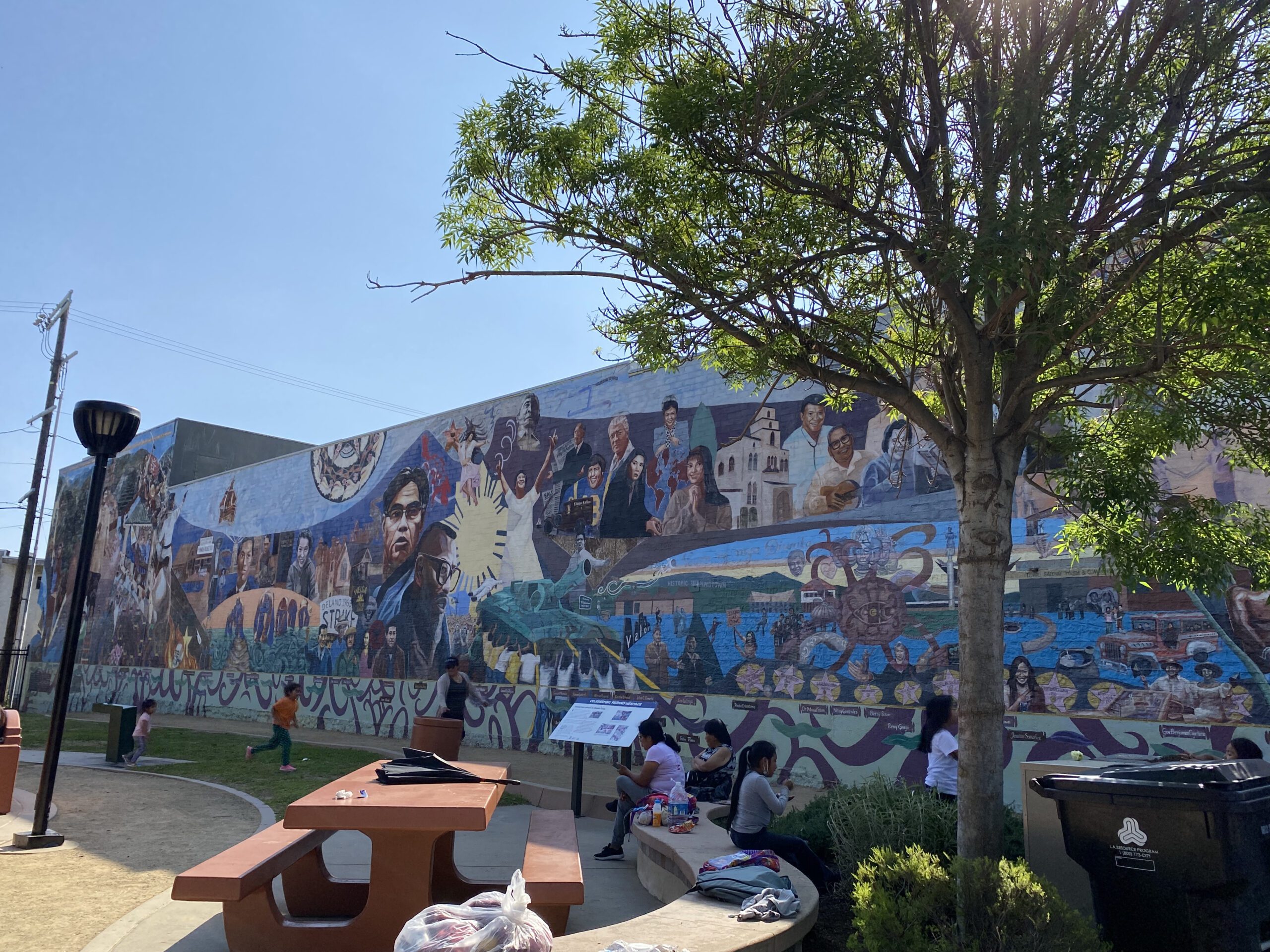
While Historic Filipinotown is still home to a sizeable Filipino community, there’s more emphasis on the “historic” part of the name.
If you’ve taken a walk in the neighborhood, both on the main drag and along the side streets, you’ll notice that it’s primarily residential. Beverly Boulevard and Temple Street are the main drags, with some churches and schools dotting Union Avenue. Colloquially shortened to “HiFi”, Historic Filipinotown was originally considered part of Westlake until City Hall designated the small parcel bounded by Glendale Boulevard to the east and Hoover Street to the west as an area of cultural and historical significance.
The Filipino community’s presence in California dates all the way back to the late 1500s. When the Philippines was still a colony of Spain, Filipino sailors made contact with the indigenous peoples of California. Centuries later, Filipino workers became foundational to the American labor movement upon Spain’s sale of the motherland to the US and being lured to California only to toil on farms for low pay. Of the Filipino community that came to LA outside of the agricultural industry, Little Manila was formed around First and Main Streets due to segregation and racial prejudice.
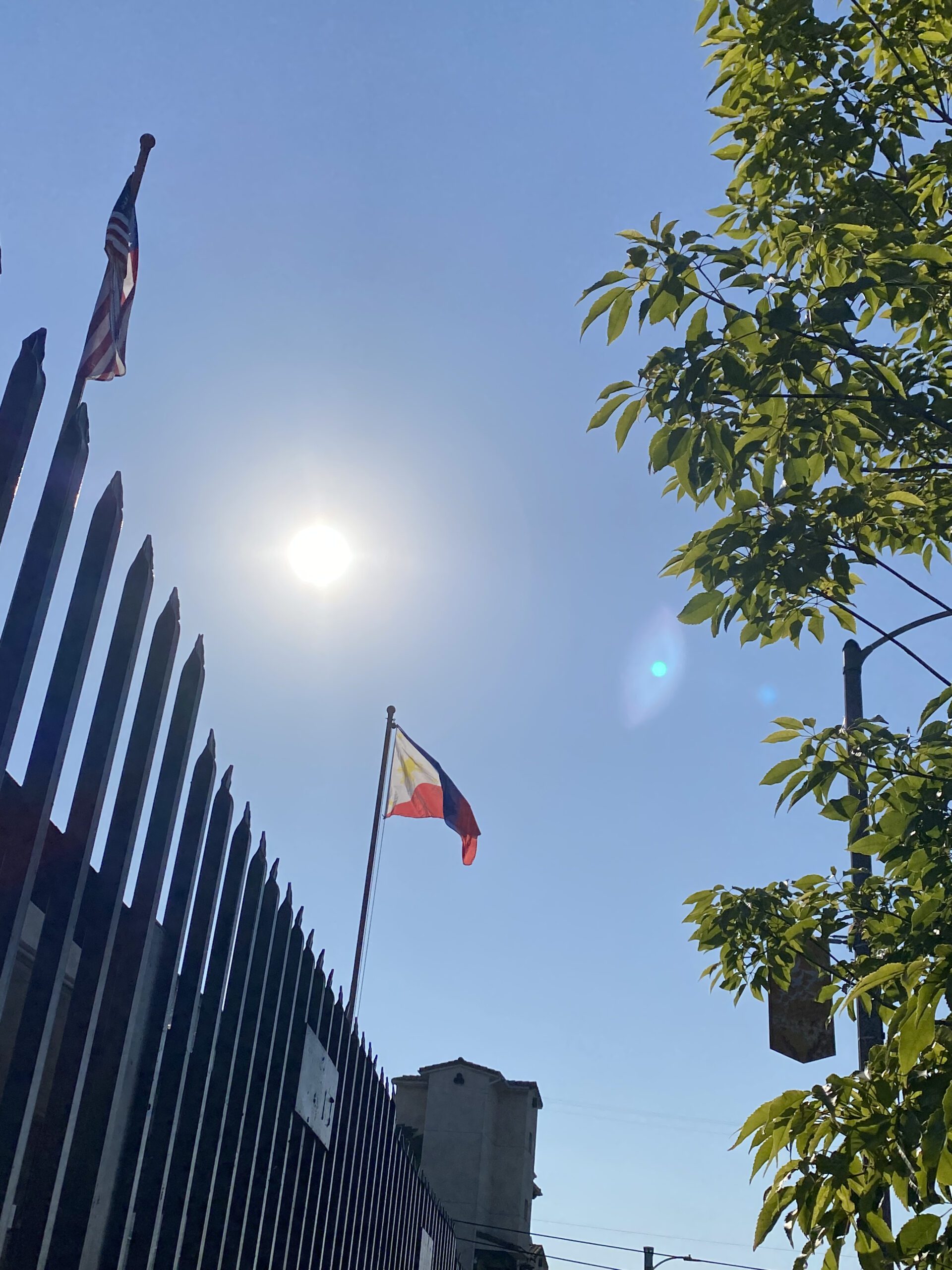
As postwar white flight took hold in LA, the Filipino community put down roots in what was then Little Manila while housing was still affordable. The area remains primarily residential to this day, with some cultural landmarks dating back several decades. During the suburbanization boom of the 1960s, the Filipino community spread out to LA and Inland Empire suburbs like Northridge, Walnut, and Rancho Cucamonga. The community advocated for decades to have the neighborhood recognized for its historical significance to California and America in general and won in 2002. In 2011, Historic Filipinotown received federal recognition as a Preserve America community.

Churches along Union Street, primarily reflecting the Catholic faith of the original inhabitants and the large Latino community that now lives in the area, offer services in English, Spanish, Vietnamese, and Tagalog. Filipino community centers open their doors to longtime residents, new neighbors, and those who want to learn about the area and culture. The sole World War II monument dedicated to Filipino veterans resides in Lake Street Park. They were initially denied the same recognition and benefits that white veterans received in what was a historically anomalous postwar transfer of wealth and benefits that was never done before and never replicated again.
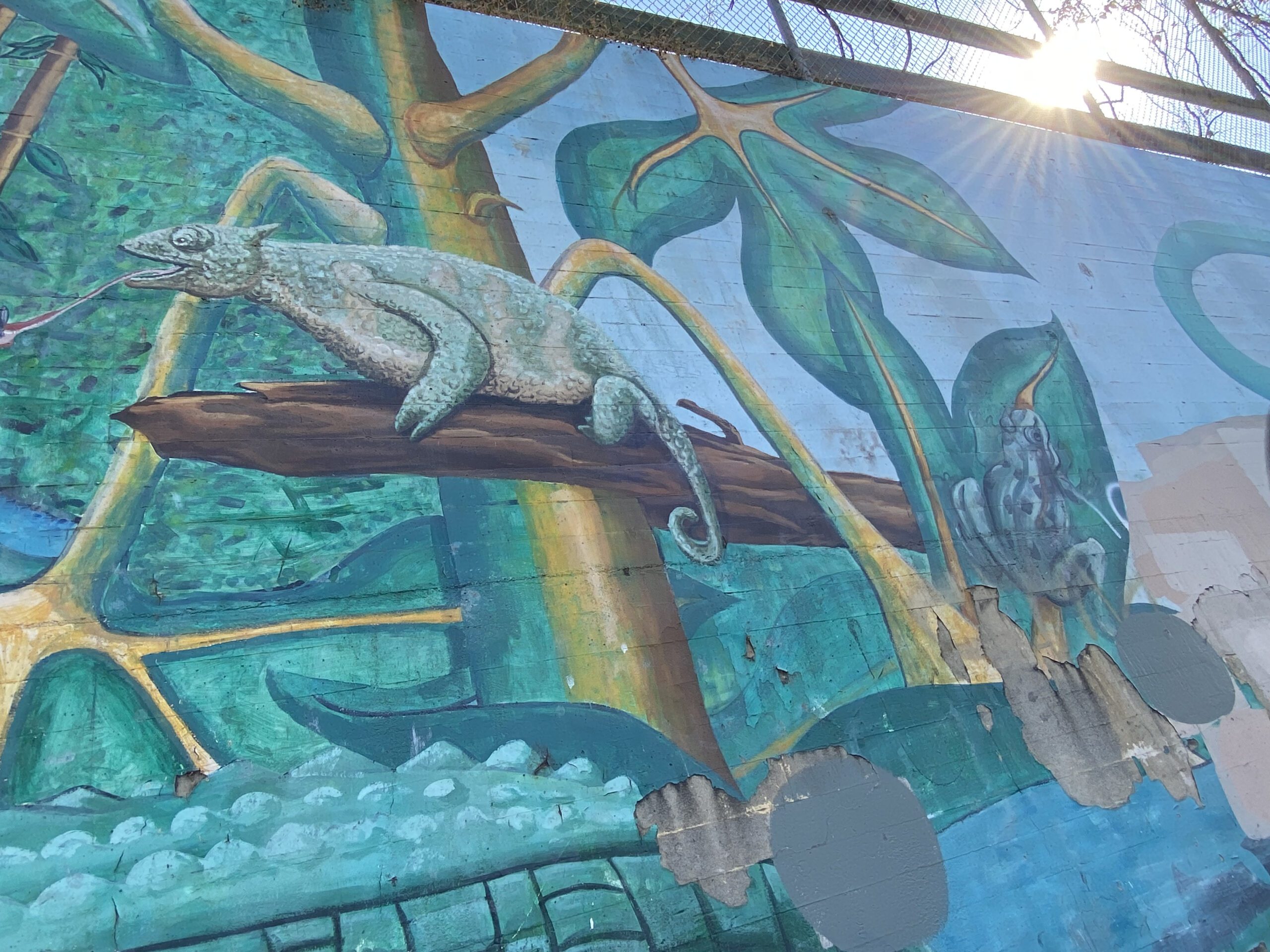
Historic Filipinotown Restaurants Food Culture
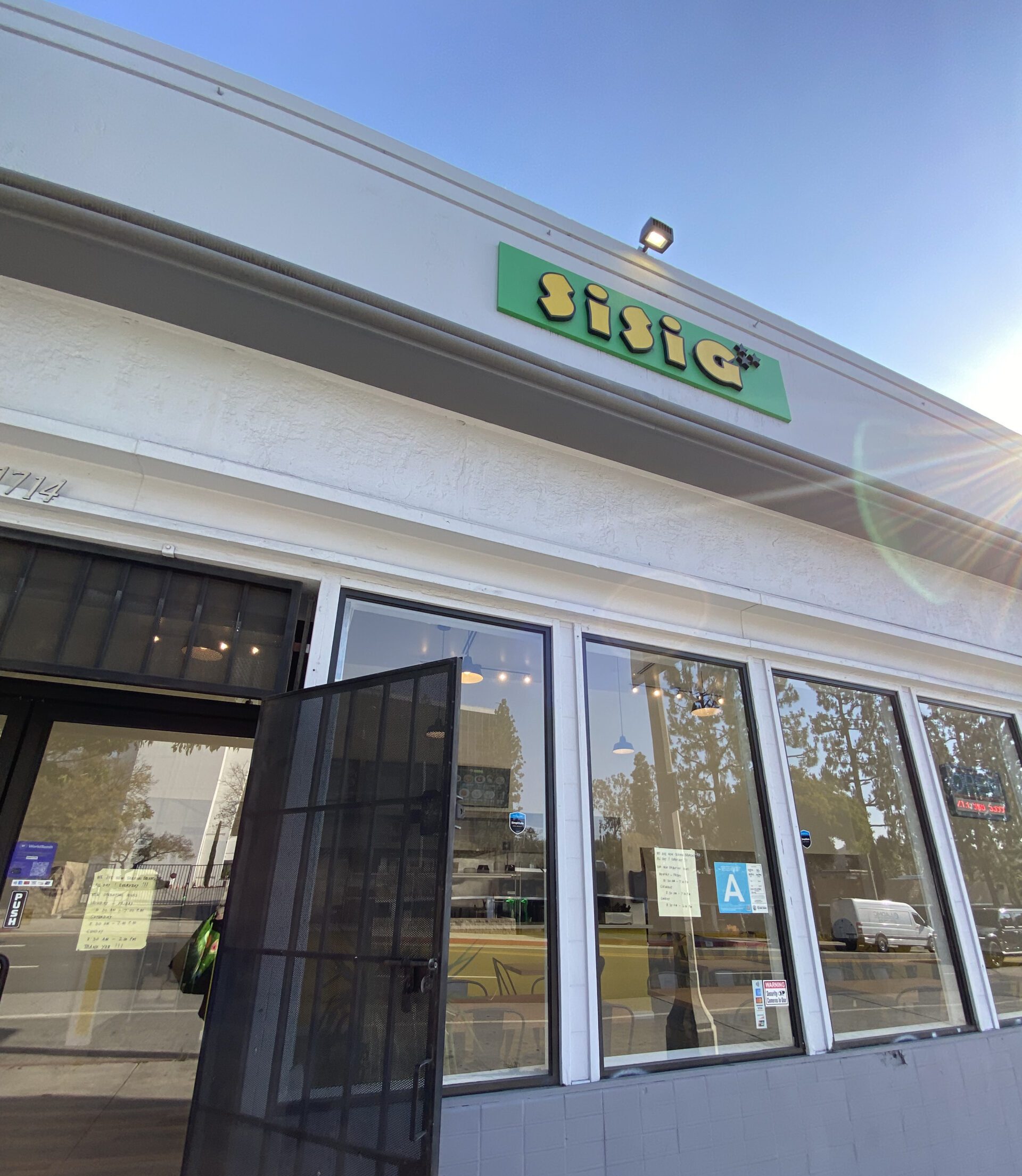
Many things will lead you to explore a new neighborhood: food is one of the top contenders.
HiFi is home to hidden treasures amidst the history and respite from the downtown fracas. A handful of Filipino restaurants are open for business, although you may be perplexed why they close during what’s peak dinnertime for most LA restaurants. With the exception of street food-oriented Dollar Hits on Temple Street, it’s hard to find an authentic Filipino meal after 7PM.
You may also be wondering why Filipino cuisine hasn’t become as much of an institution in America as other Asian cuisines, like Chinese, Japanese, and Thai restaurants despite the Filipino community’s long presence in the US. Hundreds of the former can be found all over LA at various price points, so why the lack of Pinoy representation in the gastronomy scene ranging from mall food court faves to Michelin-starred joints? Even as some Philippines-based chains like Jollibee are seeing enormous growth in international markets?
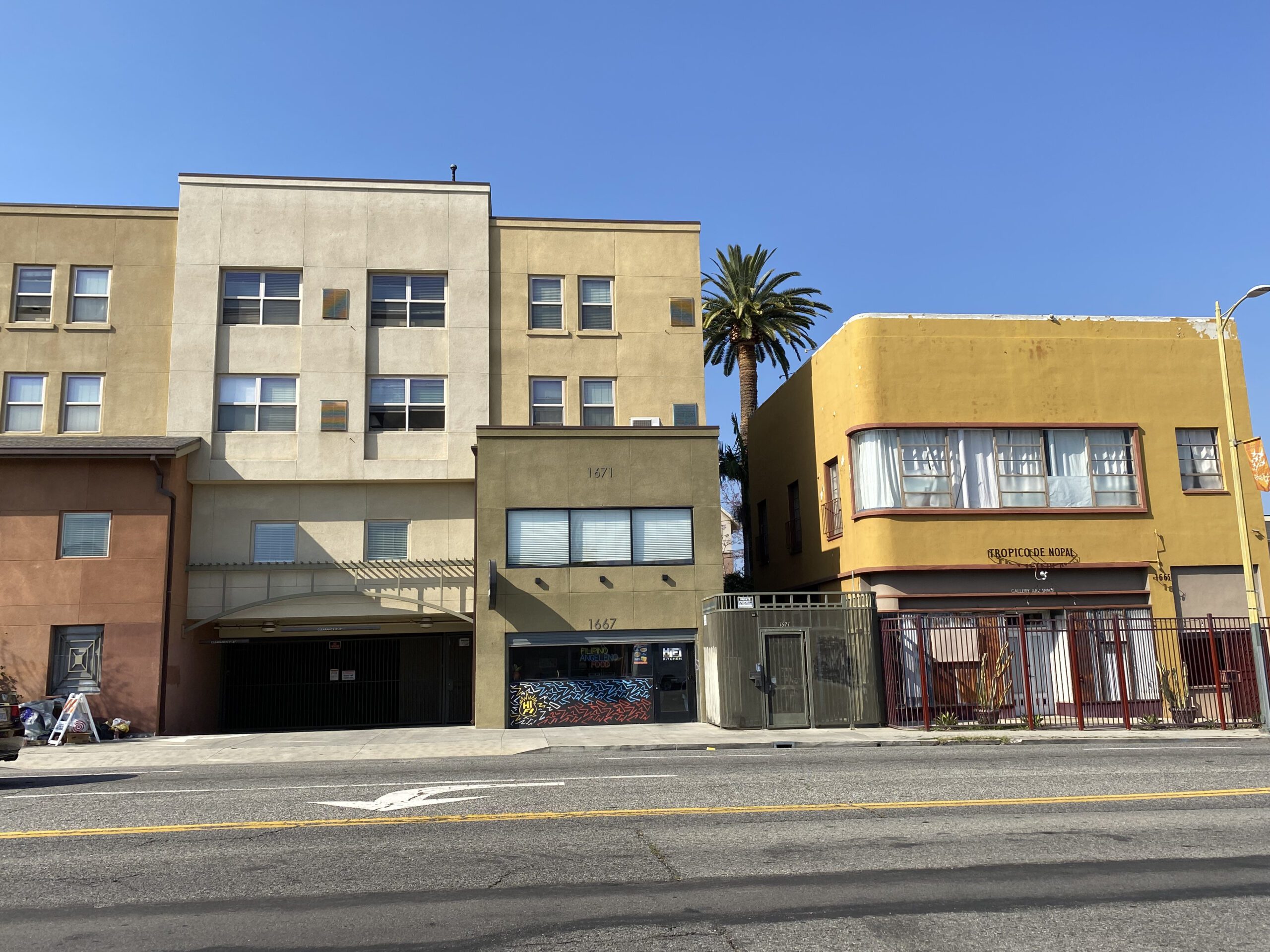
There’s a multifaceted answer to this. Traditional carinderias, or turo-turos, are the closest thing that Filipino food culture has for individuals. Large groups of chafing dishes feature food in a buffet style similar to those hot bar delis all over midtown in New York City, or like what you may find in some grocery stores. Some diners find quality concerns with this style of cooking and serving, especially if dishes have been out for a long time. (Dollar Hits on Temple Street offers this turo-turo style if you’d like the authentic experience, although vegetarian readers may not find much to their liking.)
Otherwise, most classic Filipino dishes are meant to feed large groups and families, and it’s difficult to individualize them. It’s not quite on the same level as being able to customize your burger or sushi rolls.
Filipino chef Mikey del Rosario told Business World that although Filipino cuisine is slowly becoming more adopted into the global food scene, getting the right ingredients is a major barrier. He cites that authentic Filipino ingredients are difficult to obtain abroad.
The Philippines is also comprised of several islands that aren’t a monolith. Think of how the US itself isn’t monolithic whenever someone wants to debate which region has the best pizza or regional delicacy! del Rosario used the term kalat to describe how spread out the cuisine is: there’s thousands of dishes that cause a lack of cohesion. Every region has their own delicacies and how they prepare foods like adobo.
The best Filipino food is the kind you have at home rather than at restaurants, which is why it’s behind closed doors and most of the restaurants in the neighborhood aren’t open super late.
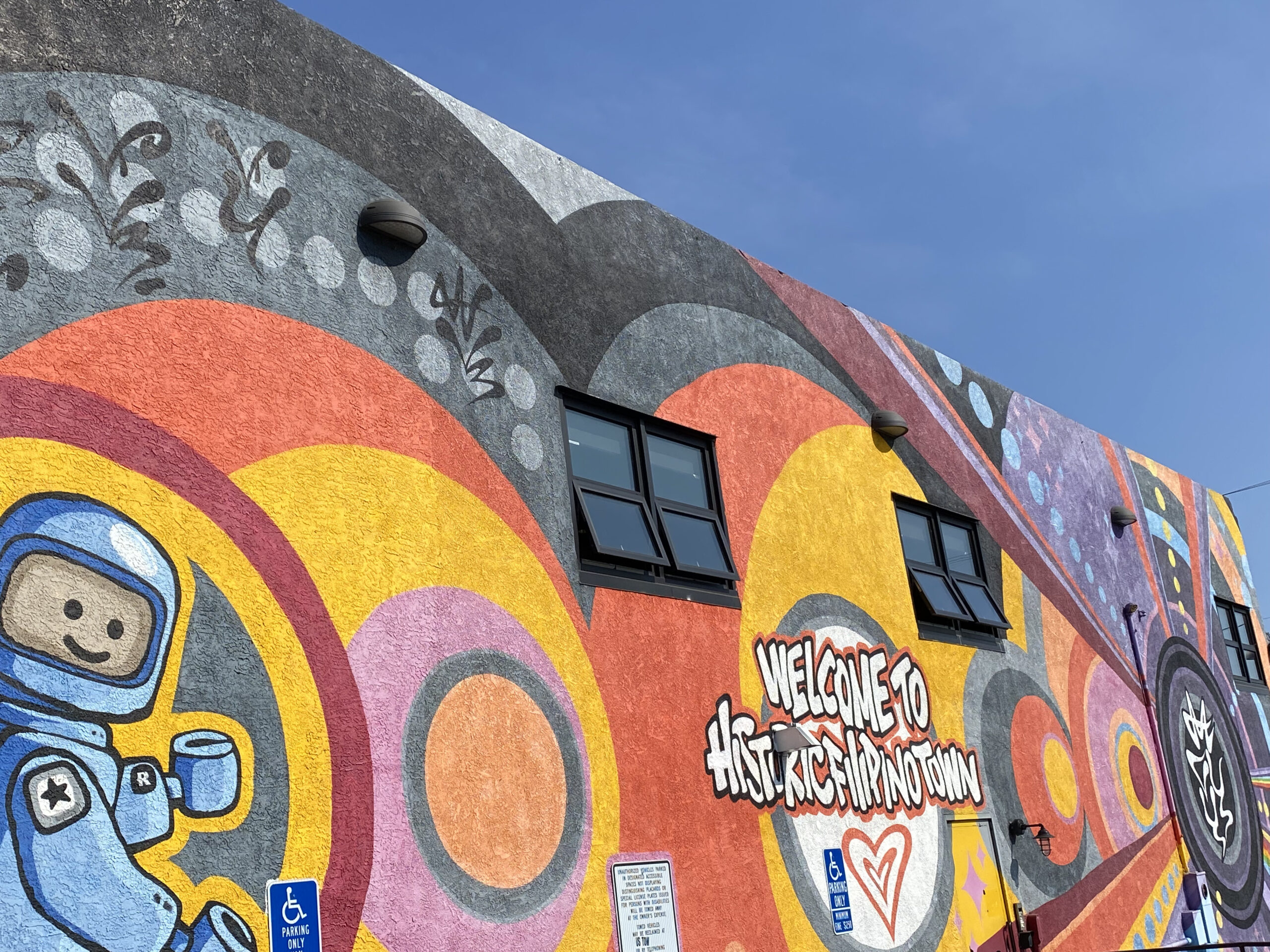
Historic Filipinotown is definitely worth a visit if you want a more chill place to connect with culture and history of the city, though you’ll need to get there on the early side if you plan to get some food which is harder to find.

